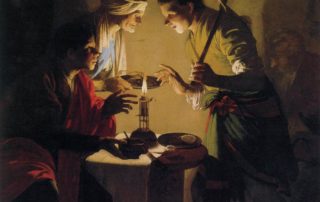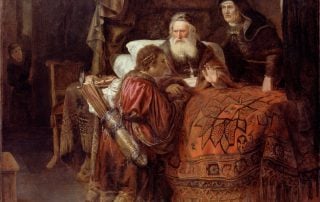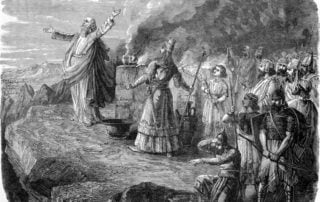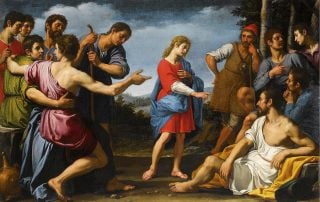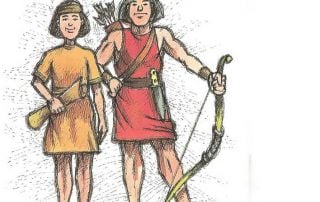Jacob’s Struggle With a Man: A Metaphor From Neuroscience
So the present passed over before him; and he himself lodged that night in the camp. And he rose up that night, and took his two wives, and his two handmaids, and his eleven children, and passed over the ford of the Jabbok. And he took them, and sent them over the stream, and sent over that which he had. And Jacob was left alone; and there wrestled a man with him until the breaking of the day. And when he saw that he prevailed not against him, he touched the hollow of his thigh; and the hollow of Jacob’s thigh was strained, as he wrestled with him. And he said: “Let me go, for the day breaketh.” (Genesis 32:23–26) The story of Jacob wrestling with a “man” is yet another of [...]


